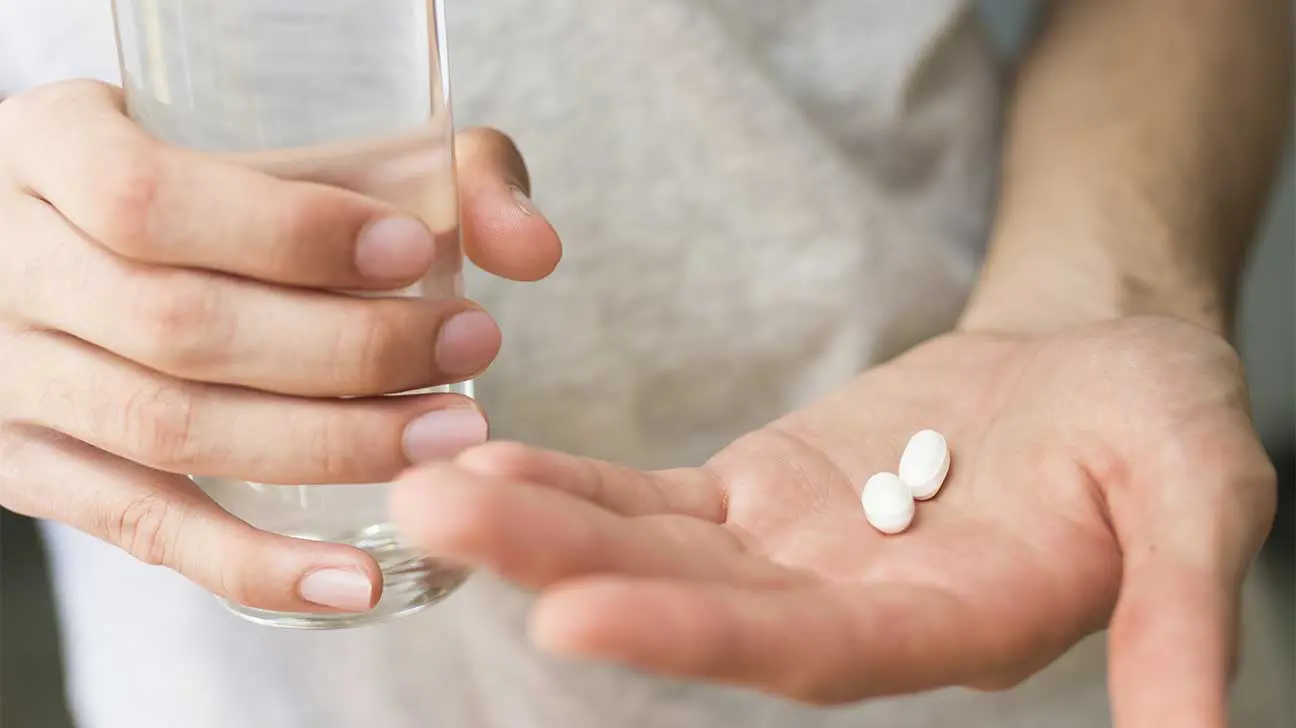
Although Suboxone has helped save many lives, it is possible to abuse Suboxone, commonly known as getting high.
This opioid abuse medication can produce the same euphoric effects as more potent opioids when mixed with other substances such as benzodiazepines.
How People Abuse Suboxone
Suboxone affects the nervous system in the same way as other opiate drugs because it attaches to the same opioid receptors throughout the spinal cord.
Drug abuse occurs when someone stops taking the opioid medication to relieve opioid withdrawal symptoms and starts taking it to experience euphoric side effects instead.
What Is Suboxone?
Suboxone is a medication-assisted treatment (MAT) used to help individuals with opioid use disorders. It is often used with behavioral health treatments on an outpatient basis.
Suboxone is available in the following 4:1 combinations of buprenorphine and naloxone:
- Sublingual Suboxone tablet (under the tongue):
- 2 mg buprenorphine with 0.5 mg naloxone
- 8mg buprenorphine with 2 mg naloxone
- Sublingual Suboxone film (under the tongue or inside the cheek):
- 2 mg buprenorphine with 0.5 mg naloxone
- 4 mg buprenorphine with 1 mg naloxone
- 8 mg buprenorphine with 2 mg naloxone
- 12 mg buprenorphine with 3 mg naloxone
Different combinations are used to help different severities of opioid dependency.
Naloxone is an opioid antagonist or “blocker” and is used to reverse an opioid overdose.
In this case, naloxone acts as a space filler on opioid receptors throughout the nervous system. With fewer available receptors, the active buprenorphine has fewer receptors to interact with.
Is Suboxone The Same As Buprenorphine?
Although Suboxone and buprenorphine are not the same medication, Suboxone is partly buprenorphine.
Buprenorphine is in a class of medications called partial opioid agonists, which means that it works in the same manner as opioids but with a decreased effect.
Buprenorphine decreases opioid withdrawal symptoms and cravings without producing the full effect of more potent opioids like fentanyl.
This is also known as “the ceiling effect.” The effects of buprenorphine level off even with an increased dose. The ceiling effect reduces the risk of misuse, dependency, and side effects.
What’s The Difference Between Suboxone And Subutex?
The main difference between Suboxone and Subutex is that Subutex does not contain naloxone. Subutex is also a sublingual tablet only containing buprenorphine.
Subutex is another medication-assisted treatment program used to treat opioid addiction. However, its lack of naloxone potentially increases the risk of abuse compared to Suboxone.
Can Suboxone Cause Opioid Withdrawal Symptoms?
When someone goes through an opioid detox, they can experience a range of withdrawal symptoms. Opioid withdrawal symptoms can vary from person to person.
Depending on the mode of administration (digesting, snorting, or plugging), individuals abusing painkillers may experience withdrawal at slightly different rates.
Suboxone is typically used to treat opioid withdrawal symptoms. When taking the medication as prescribed, a person should not experience withdrawal.
Opioid dependence commonly results in the following symptoms of withdrawal:
- Early withdrawal symptoms:
- agitation
- anxiety
- muscle aches
- increased tearing
- insomnia
- runny nose
- sweating
- yawning
- Late symptoms of withdrawal:
- abdominal cramping
- diarrhea
- dilated pupils
- goosebumps
- nausea
- vomiting
These symptoms can be very uncomfortable but are not typically life-threatening.
Finding Suboxone Treatment Near You
There are many different treatment options when it comes to getting help for an opioid use disorder. Support is available for anyone with a substance use disorder.
Contact our substance abuse treatment helpline today to learn how to enroll in a treatment program that works for you or a loved one.
Addiction Resource aims to provide only the most current, accurate information in regards to addiction and addiction treatment, which means we only reference the most credible sources available.
These include peer-reviewed journals, government entities and academic institutions, and leaders in addiction healthcare and advocacy. Learn more about how we safeguard our content by viewing our editorial policy.
- Centers for Disease Control and Prevention (CDC): National Health Statistics Reports — Opioid-involved Emergency Department Visits in the National Hospital Care Survey and the National Hospital Ambulatory Medical Care Survey
https://www.cdc.gov/nchs/data/nhsr/nhsr149-508.pdf - Food and Drug Administration (FDA) — FDA approves first generic versions of Suboxone sublingual film, which may increase access to treatment for opioid dependence.
https://www.fda.gov/news-events/press-announcements/fda-approves-first-generic-versions-suboxone-sublingual-film-which-may-increase-access-treatment - Food and Drug Administration (FDA) — FDA urges caution about withholding opioid addiction medications from patients taking benzodiazepines or CNS depressants: careful medication management can reduce risks.
https://www.fda.gov/media/107888/download - Substance Abuse and Mental Health Services Administration (SAMHSA) — Buprenorphine
https://www.samhsa.gov/medication-assisted-treatment/medications-counseling-related-conditions/buprenorphine - U.S. National Library of Medicine: MedlinePlus — Buprenorphine Sublingual and Buccal (opioid dependence)
https://medlineplus.gov/druginfo/meds/a605002.html


